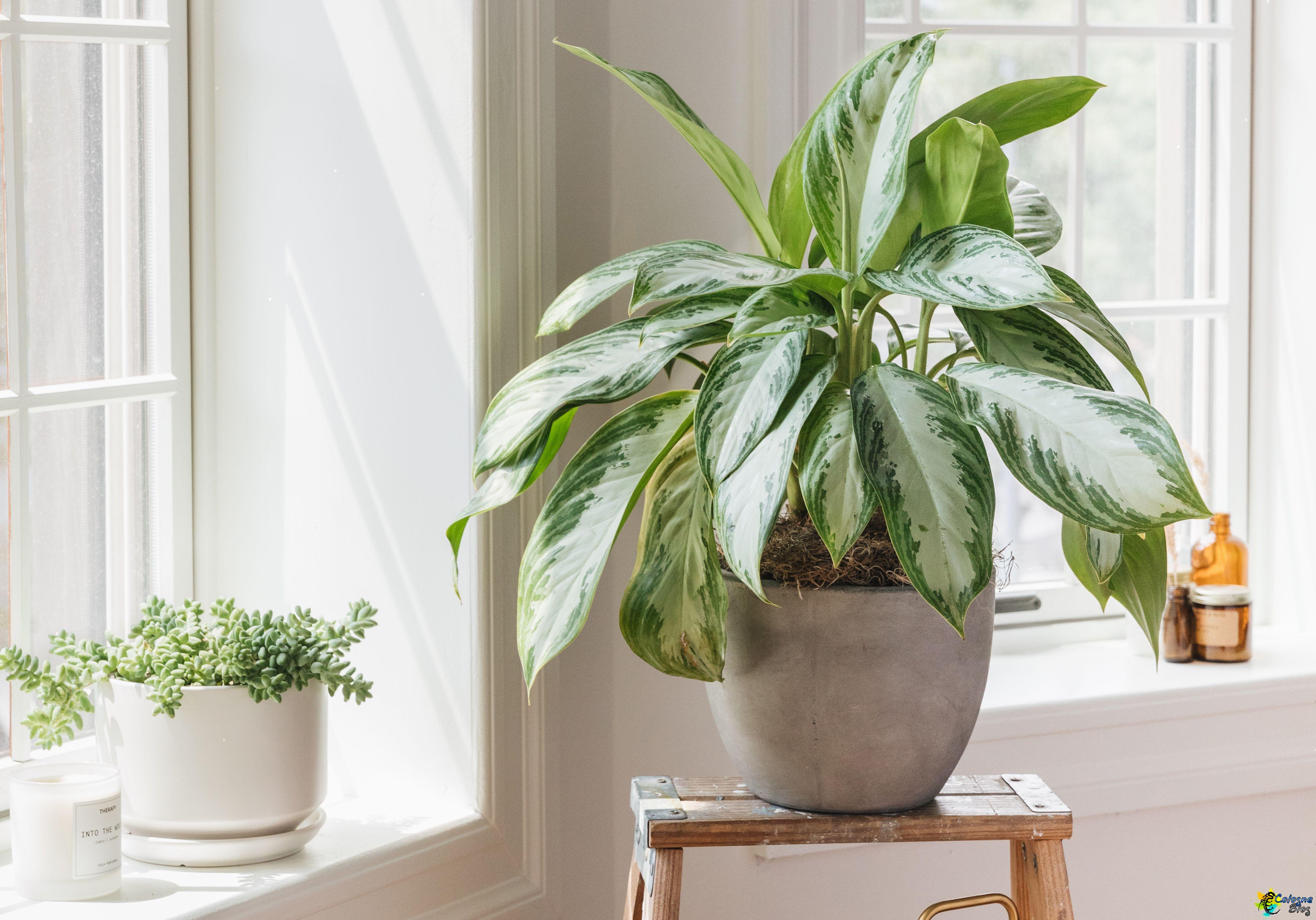
House Plants That Need Very Little Light
admin
- 0
If you’re looking for a plant that can thrive with low lighting, then the Maranta leuconeura is the perfect choice for you. This plant can thrive with as little as half a light and prefers indirect sunlight. Its common name is derived from the way its leaves close vertically in the evening, resembling hands clasped in prayer. This plant is sensitive to hard water and fluoride, so be sure to use warm water for it. It is also best not to let the soil dry out.
Spider plant
Table of Contents
ToggleA Spider plant is an excellent indoor air purifier. They also grow quickly and look beautiful in hanging planters. Moreover, they do not need any watering or feeding. This is an excellent house plant to give as a gift. They are hardy and almost impossible to kill.
Spider Plants are low -light-loving house plants that require very little light. They can be grown in hanging baskets or as a mounding tableside plant. Spider plants can also be grown in urns. They are ideal for dark bedrooms and bathrooms. Small spider plants can add a frilly base to taller plants.
Dracaena
This plant is easy to grow and will grow to be anywhere from 12 inches to 6 feet tall. It grows best in indirect light, but will tolerate dimmer light. It will also grow well in standard indoor potting soil. Water dracaenas on a regular basis and give them a light fertilizer. It is sensitive to fluoride, which can cause yellowing and browning of the foliage. Humidity is also beneficial to this plant.
It is easy to care for dracaenas. Dracaenas grow quite tall, but are easy to prune when needed. To prune this plant, simply cut the stems at an angle. Make sure to prune off any dead or damaged canes.
Another house plant that grows well in low light is the corn plant. It is known for its leafy corn- like foliage. It is also known as mass cane. It grows slowly and can be found in a variety of colors. While it grows best in bright light, it can survive in low-light conditions as long as it receives some light. You should avoid letting it get cold.

Platycerium
Platycerium, a succulent that is native to South America, can grow in a variety of locations. This slow-growing plant is perfect for bathrooms, entryways, backyard greenhouses, enclosed porches, and more. This plant grows naturally on tree trunks and can also be grown in pots. Its root system needs only a small amount of water,
about a cup of water per plant per week. It is best to submerge the plant for about 15 minutes when watering it.
Platycerium is not usually vulnerable to pests, but improper care and lack of humidity can lead to infestations. The most common pests are scale and mealy bugs. To get rid of these pests, you can apply rubbing alcohol. Overwatering can also cause root rot, which can eventually cause the plant to collapse.
In addition to Platycerium, there are several other species of ferns that go by the name Staghorn. These ferns have similar looks but have very different growing habits. The Platycerium genus contains several varieties, and you can choose the one that is best suited to your space.
Weeping figs
If you have limited space and don’t want to invest in a large indoor tree, you can plant weeping figs indoors. They grow up to 15 feet tall and can be self- shading. For best results, plant them in a pot with drainage holes in the bottom. Add some perlite or vermiculite to the soil. Water the plant only when the top 2cm of the compost is dry. Do not shock the plant when watering it.
Weeping figs need bright indirect light, but they are also tolerant of medium light. It’s best to place them as close to the light bulbs as possible, as a larger distance will decrease the amount of light that reaches the plant.
Weeping figs grow best in bright indirect light, but they can tolerate high levels of direct sun as long as it’s humid. They also grow best in warm, humid environments, and they prefer nighttime temperatures between 65 and 70 degrees. They shouldn’t be placed near air conditioning vents, though. You should also remember to fertilize the plant regularly to maintain its health. For best results, fertilize the plant monthly, but don’t let the soil become soggy that it dries out.


